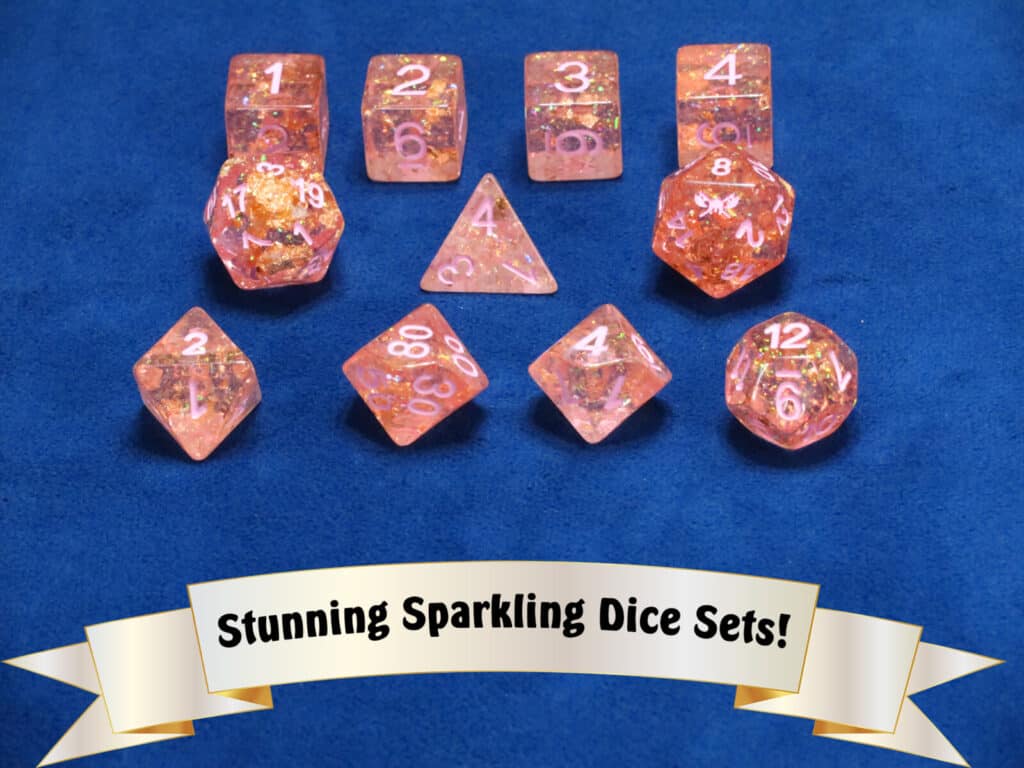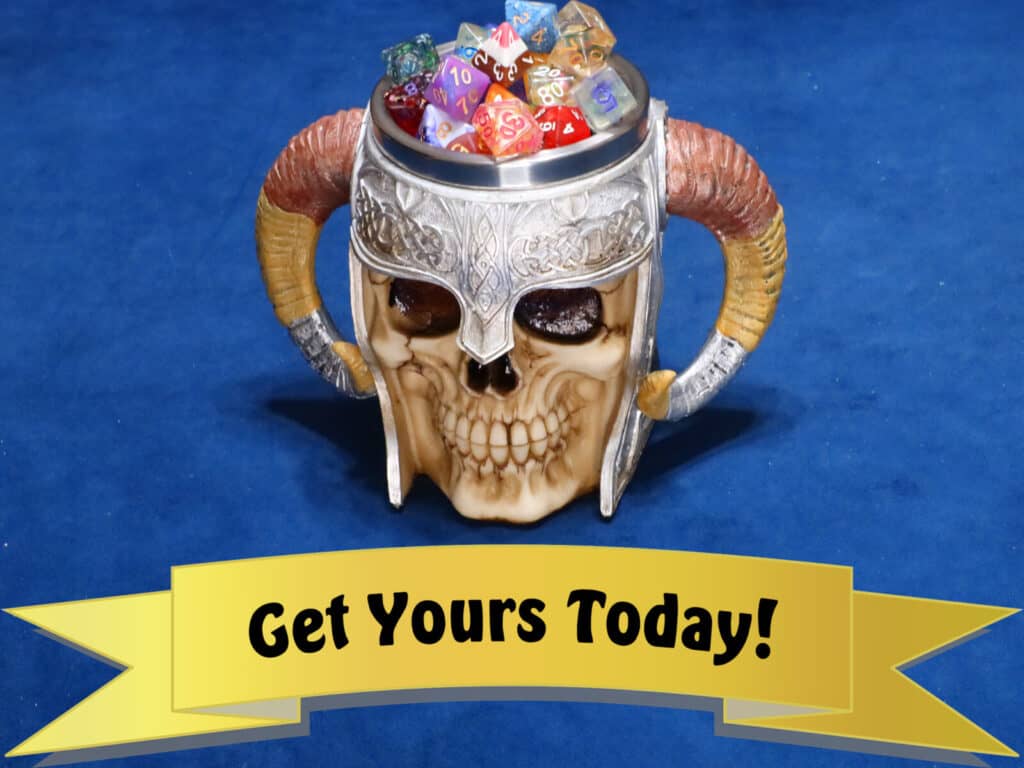If you’re new to tabletop roleplaying, and even if you’re not, sometimes you have a question that there just isn’t much guidance for. “How long should a D&D session last” is an excellent question that doesn’t have a lot of coverage.
Part of that reason might be that games are such a personal thing. Each group has people with their schedules, their feelings on the system/game, their ability to carve out time to get together for a campaign. That dictates major parts of this answer.
Depending on the situation, 3 hours for a DnD session tends to be perfect for a weekly run, while a long 6+ hour session is often best for groups meeting only once every two weeks or once a month. Understanding individual schedules, group dynamics, and overall commitments can help you determine which DnD session length is right for your group.
So how do you go about figuring out how long a D&D session should last?

Why DnD Sessions Should Be Short
The short session is a good option in many situations. A short session is one that is about 3 hours. That’s ideal because with less than three hours, it can be hard to make serious movement in a story. If you’re relatively new to running a game, or you’re running an online game where everyone needs to call in, 3 hours is a good session.
That also minimizes the Zoom and Skype freezing or cutting out.
With a short session for D&D of 3 hours or less players will generally be focused right off the bat, ready to jump in and keep the story moving, and aren’t going to be intimidated by the length of session.
This is good because it not only cuts down on skips, no-shows, or cancellations (the longer the average session, the more of these you will experience) but it minimizes the number of times a player may need to bow out towards the end of the session for life things. While there will always be times when you miss a little bit of game or plot, the less this happens the more invested everyone will feel.
That generally means better campaigns.
There’s also no denying that a 3 hour session takes way less planning than a 6 or 8 hour campaign. As a DM who loves player agency and plays with very creative groups who like to throw curve balls, it’s much easier to re-shift a campaign after some major curve balls when you only need to improv for 2 hours versus 6-7.
Most of the time short sessions are the way to go. If everyone gets along, loves the campaign, and has the time you can always move from short campaign times to long ones if everyone wants that.
Generally in most groups shorter D&D sessions of around 3 hours are ideal. That gives you enough time to move plot, have combat, or let players explore a side route without restricting them too much. It’s also short enough to keep attention and prevent loss of attention from most players.
For most groups 3 hours for a D&D session is around perfect.
Tips for Running Good D&D Short Sessions
- Have everyone focused and ready to go from minute one – after all you have limited time!
- Extra prep is a necessity by the DM to keep things running, especially if you have a party that likes to improv or throw you curve balls
- Learn player and DM “shortcuts” for saving time during battles to keep things moving
- Resist the urge to railroad too hard
- Be open to suggestions and willing to ask advice from players on ideas for running things better or more smoothly
- Have player moments planned for each player

Why DnD Sessions Should Be Longer
Generally 3 hours and less would be considered a short session while a long D&D session would be more along the lines of 5-6 hours. Personally I really enjoy these long sessions and how much can be done with them at a table full of really invested players. If you have a group that gets along well and can jump in on a weekly or (usually) bi-weekly basis for a long session, there’s a lot to love about it.
For one is the amount of story you can engage in. A long session lets players really deep dive. You can get entertainingly diverted to the side and still have time for main plot lines, exploring characters in-depth, and even getting a little combat in.
Many times with short sessions you have time for one of those things. Very rarely two. With a long session you can do all of that and sometimes even a little bit extra. You really get the ability to flesh out a D&D world more, and in an open world or sandbox setup that is especially a good thing.
Playing longer sessions helps players figure out the personality of their characters (something that was important for my Pathfinder charismatic barbarian) and also makes clear what rules in 5th Ed are really helpful and which ones you might want to change or replace with a homebrew DnD rule option for your table.
I will recommend always having a break half way through. This allows everyone to socialize and recharge. When meeting in person putting in food orders about an hour before the planned break means everyone gets food timed perfectly. If you have a tendency to go from long session to super long, this is a necessity.
Tips for Running Good D&D Long Sessions
- Have a food/rest break of 1/2 an hour to an hour about 3 hours in
- If there’s a “busy” session coming up, warn players ahead of time so everyone is ready to kick off
- Prepare floating “scenes” or characters in case you run out of planned plot as DM
- Don’t be afraid to call session an hour early (especially at a great cliff hanger) or run a half hour more to finish a scene
- Occasionally end a bit early when you plan on letting them level up so you’re there to answer questions
Do “Super Sessions” Make Sense?
Generally speaking, no one in our series of groups really believe in super sessions, those which are consistently 7+ hours per session. We’ve all played in them, and some of my fondest memories are from sessions that were just insane in length: like 13-14 hours.
But that’s unusual, there were at least two breaks during that sit down, and usually it was planned as a long session that just kept going because all of us there were immersed in the game and in that rare position where no one needed to go.
Planning a super session generally doesn’t make sense. If you’re in a long session and it’s rocking, just keep on going if everyone agrees. That way everyone is happy at the time.
There’s also the fact that the bigger a commitment, the more stressful it can be. Even when it’s supposed to be fun. Planning an 8 or 10 or 12 hour session makes it more likely that a lot of people bail. These should come naturally or not at all.

The Group Schedules Should Determine Length
The biggest factors for what session length is best is going to be the table. What is everyone’s schedule? How much free time is there?
Do you all meet only once a month or can you meet weekly?
When you look at these questions and figure out everyone’s schedules that will help you as a group to figure out what the best length for a D&D session is for that specific campaign.
Once the campaign gets going you will figure out pretty quickly what the best session lengths are. So get that campaign going, learn from your table, and enjoy!
Other DnD Articles You May Enjoy
- 5E Component Pouch vs. Arcane Focus: What’s the Difference?
- DnD Investigation vs. Perception
- How Does Passive Perception Work?
- DnD Barbarian Vs Fighter
- How Do Hit Dice Work in D&D?

Proud to embrace the locally created moniker of “Corrupt Overlord” from one of the all time great Lords of Waterdeep runs, Shane is one member of the Assorted Meeples crew and will be hard at work creating awesome content for the website. He is a long-time player of board games, one time semi-professional poker player, and tends to run to the quirky or RPG side of things when it comes to playing video games. He loves tabletop roleplaying systems like Dungeons & Dragons, Pathfinder, Werewolf, Fate, and others, and not only has been a player but has run games as DM for years. You can find his other work in publications like Level Skip or Hobby Lark.
